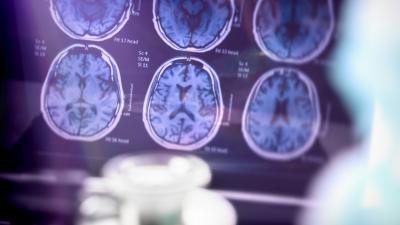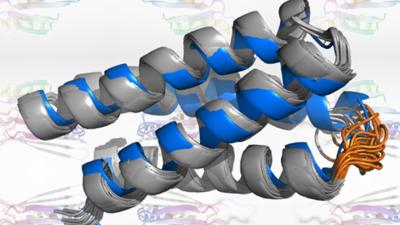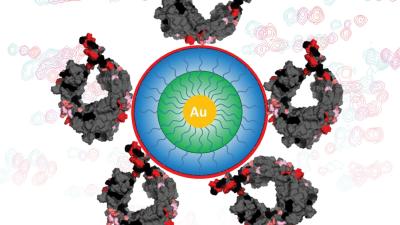Rensselaer Polytechnic Institute Launches Series Where BioArt and Biotechnology Merge
Kathy High, Professor of Video and New Media at Rensselaer, has created an online series to explore the intersection of bioArt and biotechnology. In collaboration with the Center for Biotechnology and Interdisciplinary Studies, the Arts department and the School of Humanities, Arts, and Social Sciences, and NATURE Lab, a project of The Sanctuary for Independent Media, the one-hour lunchtime presentations, BioArt Talks @CBIS, will begin on March 25.
Clearance of Protein Linked to Alzheimer’s Controlled by Circadian Cycle
The brain’s ability to clear a protein closely linked to Alzheimer’s disease is tied to our circadian cycle, according to research published today in PLOS Genetics.
National Institutes of Health Awards Grant for Enhanced NMR Instrumentation
The National Institutes of Health High End Instrumentation Grant Program has awarded an equipment grant of $1,315,168 to Rensselaer Polytechnic Institute to upgrade high field 800 MHz Nuclear Magnetic Resonance (NMR) core instrumentation in the Center for Biotechnology and Interdisciplinary Studies (CBIS).
Deep Learning Dreams Up New Protein Structures
Just as convincing images of cats can be created using artificial intelligence, new proteins can now be made using similar tools.
Long-term Blood Sugar History Predicts Risk of Severe COVID-19 Among Diabetics
People with type 2 diabetes who contract COVID-19 are nearly 50% more likely to wind up in intensive care if they have poorly managed their blood sugar levels over the long-term than those with better long-term glycemic control, according to a study using anonymized health care data.
Closer Look at Unexamined Interactions Could Improve Drug Purification Process
In research published Langmuir, a team led by Steven Cramer, an endowed chair professor of chemical and biological engineering, explored the fundamentals of how different molecules interact with various surfaces during the purification process.
Tracking How the Environment Influences Circadian Rhythms
Having challenged the idea that our environment cannot alter our genetically controlled 24-hour sleep-wake cycle, circadian rhythm researcher Jennifer Hurley has embarked on a new project tracing the mechanism between environmental signals and the circadian clock.
Using CO2 From the Atmosphere To Make Biofuel Would Benefit Business and Environment
The Biden-Harris administration has set a national goal of reaching net-zero emissions by the year 2050. Technologies that can reduce carbon emissions created during the production of various chemicals — like biofuels — will provide an important step toward that goal.
FBI Honors Rensselaer Polytechnic Institute President Shirley Ann Jackson
Rensselaer Polytechnic Institute President Shirley Ann Jackson was recognized by the Federal Bureau of Investigation (FBI) for her outstanding contributions to the community. FBI officials presented President Jackson with the FBI Albany Division’s 2020 Director’s Community Leadership Award at a ceremony on Tuesday.









